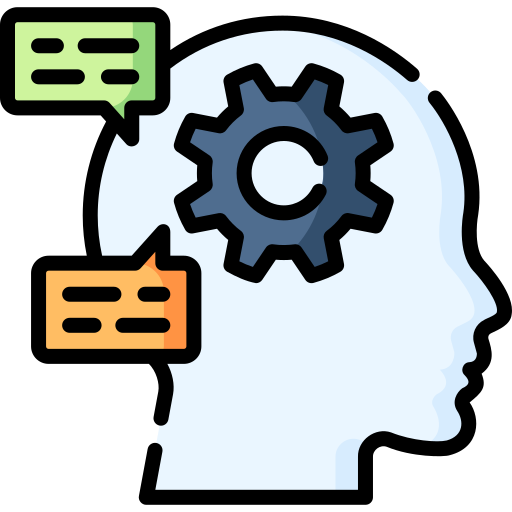
In today’s digital age, social media platforms have become powerful tools for expressing opinions and beliefs. I am excited to announce the launch of my new project, where I will be delving into fascinating topics related to online discourse.
One area of focus will be YouTube, one of the most popular video-sharing websites, and the evaluation of views presented on this platform. Research has shown that users not only engage with the content they see, but also with the opinions of others, often leading to the formation of echo chambers where similar ideas and perspectives dominate.
To gain deeper insights into people’s thoughts and beliefs, I will be employing sentiment analysis techniques. In a recent article, I conducted an analysis on the most-watched video of Jordan Peterson from British GQ, which garnered over 60 million views. Using natural language processing (TextBlob) and machine learning algorithms, I analyzed 30,000 comments with the most likes.
The results revealed that the majority of comments were neutral in terms of polarity, indicating a lack of clear positive or negative sentiment. Furthermore, they were not necessarily subjective. Upon manual tagging, it was found that 88 comments expressed support for Peterson, while one supported the interviewer.
This pilot study sheds light on the existence of echo chambers in online discourse, where individuals may disregard important ideas or suppress dissenting voices due to their own reinforcing beliefs. I will also explore methods to enhance the accuracy of sentiment analysis, such as incorporating libraries like VADER or SENTIWORDNET to improve precision when tagging content.
Stay tuned as I share the primary dataset and additional resources used in my analysis.



